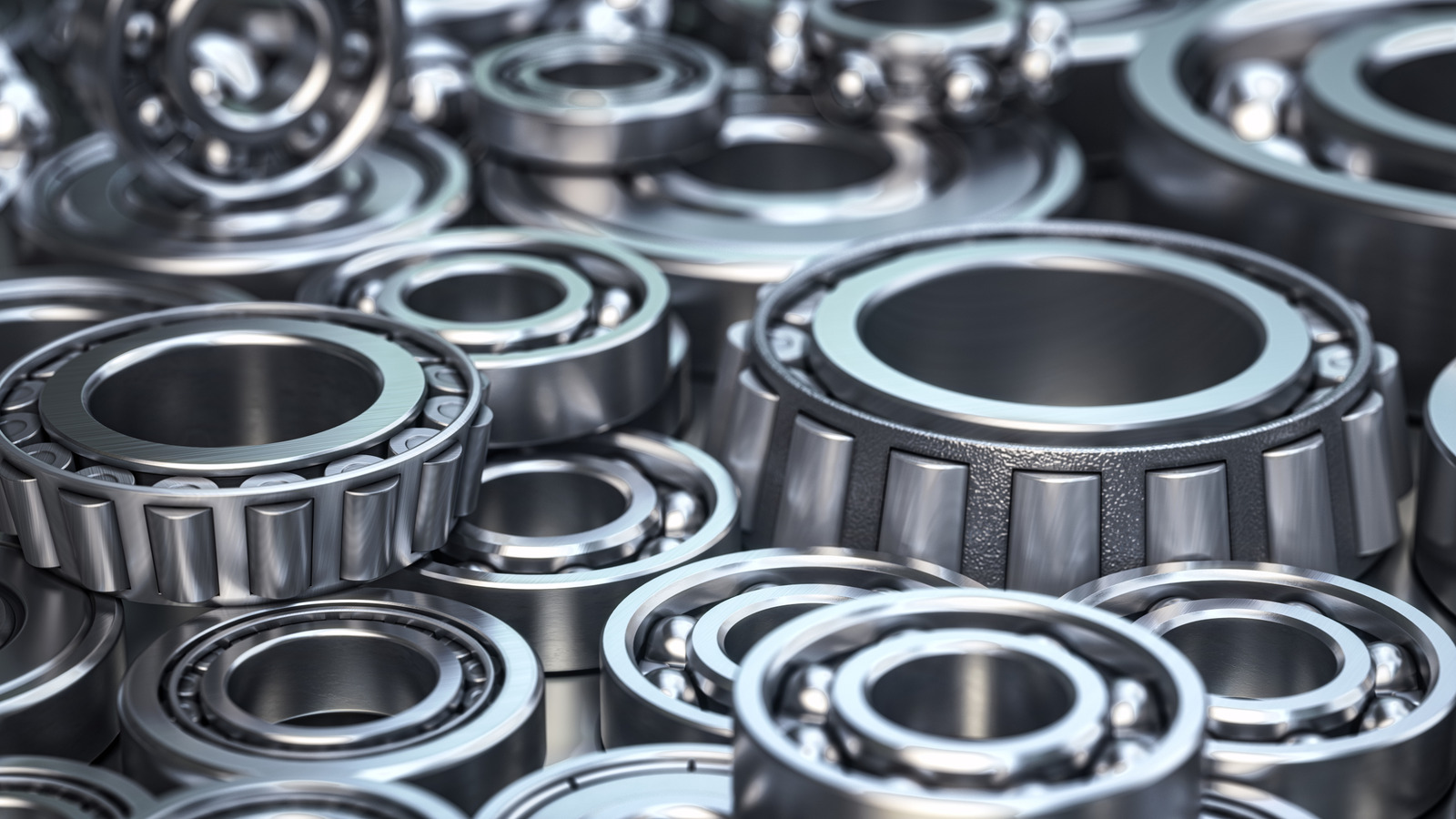By Paul Stadden
Copyright jalopnik

Typically, wheel bearings are like Simon and Garfunkel (or Disturbed, if you prefer) and emit “The Sound of Silence.” Not the song, that’d be annoying, but actual silence. However, when wheel bearings go bad (you know, smoking, shoplifting, etc.), they make humming, clicking, growling, squealing, or chirping noises. When you hear these sounds coming from delinquent bearings, it’s a sign they’re about to run away from home. And by that, we mean a wheel could literally come off while you’re on the freeway.
These bearings sit inside the wheel hub and allow the wheels to spin freely on the axles. Friction is the enemy, so each bearing assembly houses a series of roller or ball-type bearings. Heavy-duty vehicles such as trucks generally use roller bearings because they spread out the contact on the internal surfaces, which better distributes weight internally. Insane people use leather belts as engine bearings, kind of, but no one’s tried it in wheel bearings, thankfully. For vehicles that need the lowest possible friction for higher speeds (i.e., smaller, lighter sports cars), ball bearings have tiny contact patches for low rolling resistance, which is more important than load handling.
Bearing failures (and wheels falling off) are pretty uncommon in 2025 as modern sealed bearing designs last roughly 85,000 to 100,000 miles. “Generation 1” bearings were the first to come out and were generally found on front-wheel drive cars. They’re entirely press-fit and usually held in place by snap rings. “Generation 2” bearings have one pre-pressed flange and while they still need pressing into place, at least one side can be bolted on (still might need special tools to install/remove). “Generation 3” bearings are bolt-on assemblies that are completely sealed with lubrication. Gen-3s are the most common because they have the easiest installation and last the longest.



